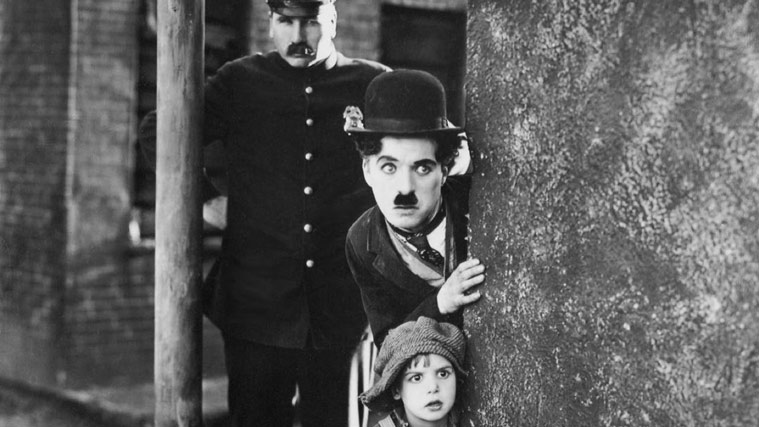Charlie Chaplin: ‘Tramp’ who gifted world its eternal laughter
We remember the actor who conquered the world with a smile.
 Charles Spencer Chaplin was born in London, England, on April 16, 1889.
Charles Spencer Chaplin was born in London, England, on April 16, 1889.
In the era of talkies, a man still showed the world the power of images and emotions, a man who with his satire took a dig at every impending issue in the world. A tramp, with a cane and smile, conquered the world, spread happiness and joy and left an eternal mark.
Charles Spencer Chaplin was born in London, England, on April 16, 1889. His father, Sir Charles Chaplin Sr. was a versatile vocalist and actor and his mother, Hannah Chaplin, was a singer, who gained a reputation for her work in the light opera field.
In fact, it was for his mother that Chaplin at the age of five performed on stage for the first time. When bad health kept Hannah away from a performance on one occasion, Charles replaced her. Chaplin had often attributed his style and performances to his mother and thanked her for his success.
Charlie Chaplin began appearing in short films from 1914 and slowly developed his character as the ‘tramp’. It was only by 1919 that he started making feature-length films.
Here are his best works:
The Kid (1921)
 Chaplin’s painful childhood seems to have found a reflection in the The Kid.
Chaplin’s painful childhood seems to have found a reflection in the The Kid.
The Gold Rush (1925)
 The Tramp, a lone prospector, ventures into Alaska looking for gold. The film tries to make us believe that dreams can become reality. Chaplin himself on numerous occasions called The Gold Rush his favourite film.
The Tramp, a lone prospector, ventures into Alaska looking for gold. The film tries to make us believe that dreams can become reality. Chaplin himself on numerous occasions called The Gold Rush his favourite film.
City Lights (1931)
 In the era of talkies, Chaplin denounced the trend stuck to his silent strengths.
In the era of talkies, Chaplin denounced the trend stuck to his silent strengths.
Modern Times (1936)
 The film kicks off dialogues and political commentary in Chaplin films.
The film kicks off dialogues and political commentary in Chaplin films.
The Great Dictator (1940)
This film is regarded as his greatest masterpiece and is a spoof on Adolf Hitler who was terrorising the world at that point.
- 01
- 02
- 03
- 04
- 05































